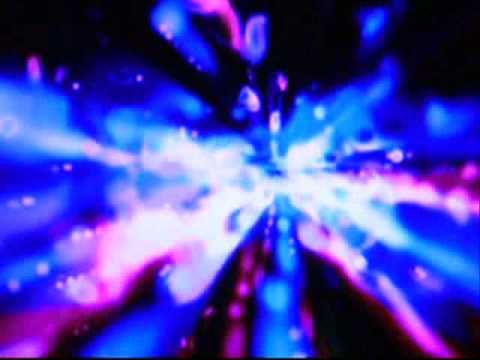L.I.O. – You Drive Me Crazy (1 F.T.R. Euro Mix)
Eurodance Group from Germany. You Drive Me Crazy (1994) You Drive Me Crazy featured raps by MC Paige and uncredited vocals by Franca Morgano. It was produced, written and composed by Lee Yorke (Norbert Kreuzer) and Rick Layne (Abraham Lin). Eurodance (also known as Dance and Hands Up in Europe) is a genre of electronic dance music that originated in the late 1980s or early 1990s primarily in Europe. It combines many elements from House, Techno, Hi-NRG and especially Italo-Disco. Starting in the early 1990s and continuing to the present day, Eurodance production continues to evolve with a more modernized style that incorporates elements from Trance and Techno music.
Eurodance music is heavily influenced by the utilization of rich melodic vocals, either exclusively by itself or inclusively with rapped verses. This, combined with cutting-edge synthesizer, strong bass rhythm and melodic hooks establishes the core foundation of Eurodance music. The term “Eurodance” gradually became associated with a specific style of European dance music over time. During its golden years in the mid 1990s it was just as likely to be referred to as “Euro-House” or “Euro-NRG”; in Europe it was often called “Dancefloor” or simply “Dance”.[1]
While some use a much broader definition of what is considered “Eurodance”,[2] over time, the term particularly came to refer to an NRG-based genre from the 1990s which included a solo vocalist or a rapper/vocalist duet and is also used to describe later European dance acts such as Cascada.[3]
Eurodance is nightclub-oriented music that is usually produced somewhere in Europe and sounds commercial enough to be played by radio stations and music television. Some of the more prominent Eurodance songs go international, especially if an act manages to score more than one hit. Most Eurodance is characterized by synthesizer riffs, female or male vocals with simple chorus, male rap parts, sampling and a strong beat. Sometimes with female or male vocals singing throughout the whole song without rap.
[edit]Vocals
Eurodance is often very positive and upbeat; the lyrics often involve issues of love and peace, dancing and partying, or expressing and overcoming difficult emotions. The early-mid 1990s Eurodance vocals were frequently done by a solo vocalist or a mixed rapper-vocalist duet.
Many projects utilized variations of the rapper-vocalist theme, such as a German rapper with American singers (Real McCoy), or the use of reggae rap as in Ice MC and Fun Factory, or scat singing as in Scatman John. Solo singing artists such as Alexia, Tess, Whigfield and Double You also contributed to the genre.
Eurodance lyrics are almost always sung in English, regardless of the artist’s nationalities. However, some artists release their songs in both English and their native languages. Most Eurodance is also very melody-driven. Unlike most pop music which is usually written in major keys, most Eurodance songs are in minor keys. This along with positive lyrics helps contribute to the overall powerful and emotional sound of Eurodance. Besides the contribution of the female vocals, there is often a noticeable use of rapid synthesizer arpeggios. This is a very distinctive feature of Eurodance that separates it from Hi-NRG disco. The synthesizer often has a piano or barrel organ but sometimes mimics other instruments, such as calliope (e.g., “Touch the Sky” by Cartouche). There is often a short, repetitive riff, while other times there is a whole tour de force of synthesizers (e.g., Close To You by Fun Factory). Some songs have a second riff cycling in between verses. Original Eurodance is a fusion of several styles of dance music, primarily house and rap with the Hi-NRG variant of disco music. Rap verse has been one of the main distinguishing elements of Eurodance. While Eurodance makes use of rap vocals, it does not contain the lyrical themes of “gangster rap”, nor does it follow many of the instrumental conventions of rap music, such as turntable scratching or heavy basslines. It does however focus on danceability similar to funk music which was a critical basis to the hip hop genre since many songs from that genre were sampled by hip hop artists.





